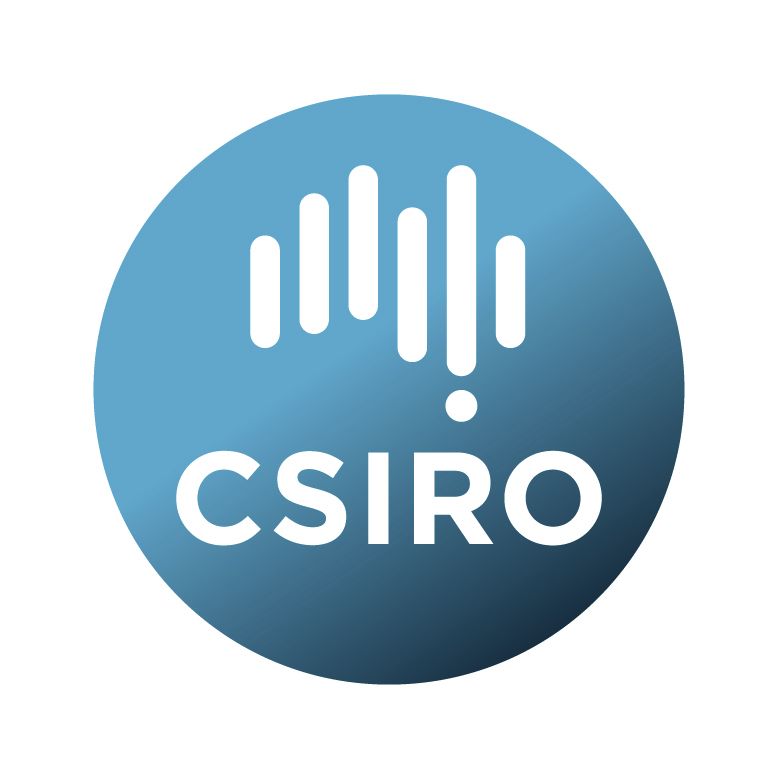Brief description
Identifying the fluid network which transports metal endowed fluids through the crust is essential for determining what mechanisms control the style of an ore deposit. By using the unique capability of the Maia-384 detector at the Australian Synchrotron, we plan to address the fundamental questions of how chemical and structural perturbations interact to cause economic mineralisation. The research will use micron resolution elemental maps to identify path finder elements which highlight the controlling fluid pathways from source to sink. This work will enhance our fundamental understanding of ore forming processes and will fortify the exploration for Australia’s mineral prosperity.Lineage: Data was produced using the Maia 384 element detector array on the XFM X-ray microprobe beamline of the Australian Synchrotron and processed using the GeoPIXE software package.
Available: 2024-04-09
Data time period: 2013-06-01 to 2013-06-01
Subjects
Biomineralisation |
Earth Sciences |
Earth System Sciences |
GeoPIXE |
Geochemistry |
Geology |
Inorganic Geochemistry |
Instruments and Techniques |
Maia |
Other Earth Sciences |
Physical Sciences |
Physical Geography and Environmental Geoscience |
Regolith and Landscape Evolution |
Resource Geoscience |
SXRF |
Synchrotrons |
Synchrotrons and Accelerators |
XFM |
XRF |
fluorescence |
gold |
imaging |
ore |
synchrotron |
User Contributed Tags
Login to tag this record with meaningful keywords to make it easier to discover
Identifiers
- DOI : 10.25919/CJBT-YZ45

- Handle : 102.100.100/609003

- URL : data.csiro.au/collection/csiro:61858



